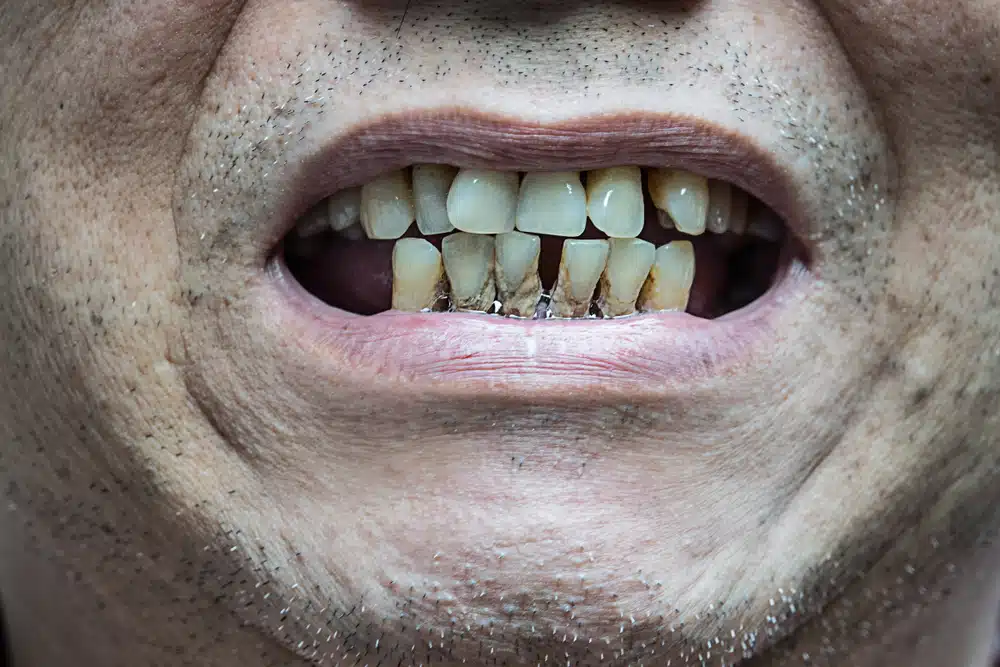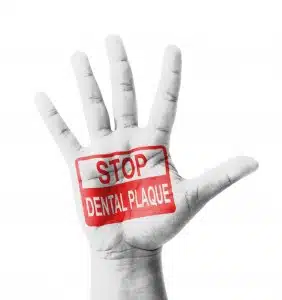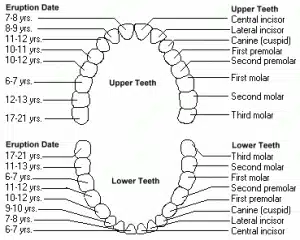
How Long Do Dental Crowns And Bridges Last?
How long do dental crowns and bridges last?
I haven’t written anything to the blog for some time now. Like so many people I know, I have been busy with other projects. Every now and then, though, something will come up and I find I tell myself, “I need to write about that”. Recently, an exchange with a patient prompted me to write on the subject of how much time a patient might expect from a crown or a bridge.
What I found interesting was this patient’s viewpoint about something that was happening with her relative. It seems that this relative was experiencing a problem that required she/he have a crown re-made. My patient, made an off-hand comment to me along the lines that her relative’s dentist might not have been so great because the crown was having to be redone.
I’m thinking: Oh, it must have just been placed recently.
She’s thinking: After about twenty years.
Granted. My patient has not (yet) had to replace any of her dental work and she has been with me nearly twenty-five years.
But here’s the thing: as a dentist when I hear that a crown lasted twenty years, I think – “Sounds like that dentist did a pretty good job.” It seemed to me, my patient had an entirely different impression.
I asked her: “Did you realize that the average life for a crown or bridge is only between 5 and 15 years?” My patient seemed a little alarmed by that, but acknowledged she did not realize it.
There are so many factors that can go into how long a crown or bridge may last, that this can be really difficult to predict. The five- to fifteen-year figure often cited by dentists is based upon university studies and insurance company estimates of how frequently they need to be replaced. Most insurance companies will pay for a new crown after five years, although, a number of them have recently extended that replacement date to 7 or even 8 years.
In all fairness, sometimes crowns can fail due to manufacturing errors. But the reality is that this is very seldom the case. More often it is the patient that fails the crown.
How so? There are two main reasons: decay under a poorly maintained crown and tooth clenching and grinding.
But here are a few other ways a crown can break –
- Removing bottle caps
- Biting fingernails
- Cracking crab claws
- Holding roofing nails
- Tearing open cellophane packages
Inappropriate use can cause porcelain that is veneered onto a metal base to break off. Using common sense is important.
Provided a crown is manufactured to high standards, after choosing the right material for you, and having it fitted correctly to your bite it has the potential to last a lifetime.
Home care has something to do with it too.
In my twenty-five years of practice, I have seen this repeatedly. For me, two cases have illustrated it best:
Earlier in my career, I had a patient who needed a lot of dental work. He already had a lot done, but much of it was pretty old and, frankly, it didn’t look very good. It’s actually uncommon for me to see work that I believe wasn’t done carefully, but if any situation fit that bill, this was it. His crowns fit like “socks on a goose.” I don’t know where he had it done and, at this point, it really isn’t the moral of this story. The important thing is that this work was, apparently, what he could afford at the time. What amazed me was that these crowns were still functioning after more than twenty years. There was no reason they should have. They fit that badly. So, why were they working? This patient’s home care was excellent. He brushed and flossed after every meal. He knew that getting new dental work was going to be costly for him, so Mr. Flosser he made sure that what he had lasted him. I was impressed.
Not too many years thereafter, I saw a different patient for a new patient exam. This man had bridgework from ear to ear. Honestly, it looked great. Pretty much everything about his crown and bridge work was technically correct. The bite was good, they were esthetic, and when I took his diagnostic x-rays, I noticed that the critical areas fit perfectly. Someone obviously took a great deal of care to make sure that they delivered a great product to this patient. I would have gone to that dentist.
But another thing that I observed when I reviewed the films was that there was decay all over the place. So much, in fact, that the only way to correct it would have been to remove the bridges, clean out the decay and replace everything.
The likelihood that his dentist would have left behind that much decay is nearly zero. No one who took that much care into crafting his work would have allowed it. But the real reason I know that is this: during the course of my exam, I observed that this patient has so much plaque and garbage in his mouth, I doubt he ever brushed his teeth. It looked like he had just finished eating cottage cheese before he came in. The plaque was that heavy.
This man’s dental work was only between two and three years old. He probably paid a small fortune for it. It was that extensive.
Now, I had the unpleasant task of telling him my findings. To make a long story short, I never saw him again. Mr. Cottage Cheese probably thought I was trying to put one over on him. Nothing bothered him (yet!), and it was most likely inconceivable to him that he should have anything wrong in so short a time. And yet, it was not a promising scenario.
Today, however, an equally common cause of crown or bridge failure is tooth clenching and grinding. I have written about this epidemic elsewhere. But, if you grind or clench your teeth, things are just going to wear out a lot faster. It’s just common sense. If you had a choice of parking your car in the middle of a golf driving range or outside of the driving range, under which conditions is your car likely to end up with the better paint job?
Some people can place amazing forces on their teeth. When they do, if a tooth was in really bad shape before it was restored, the crown probably won’t survive the weak tooth. You need something of a substrate to support and retain the crown. The cement can’t be relied upon to do the entire job.
Also, to put things into perspective, the average force on a back tooth is typically around 75 pounds per square inch. When we chew, that goes up a little – maybe, to 80 or 90 pounds per square inch. Remarkably, some people have been recorded as having applied as much as 3,000 pounds per square inch on their teeth while sleeping. That can crack a virgin tooth, let alone one that has had any work done to it.
In the end, there really isn’t a simple answer as to how long a crown should last. It can vary. With all other factors being equal, I would hope for no less than seven years and consider anything beyond fifteen years “good.”
Many of my patients who are still with the practice after 25 years and that I still have the opportunity to examine, continue to have their original crown and bridge-work. But some have moved to other states, and others have passed away in their older years. Yet, much of what I can see looks pretty good. Some old crowns and bridges could use a face-lift. That usually means replacing it.
Every now and then, I wonder about those two patients I mentioned above: Mr. Flosser and Mr. Cottage Cheese.
Mr. Flosser may still be running around with those old crowns.
Mr. Cottage Cheese is probably wearing dentures by now. . . .
http://www.realself.com/question/dental-crowns-last














